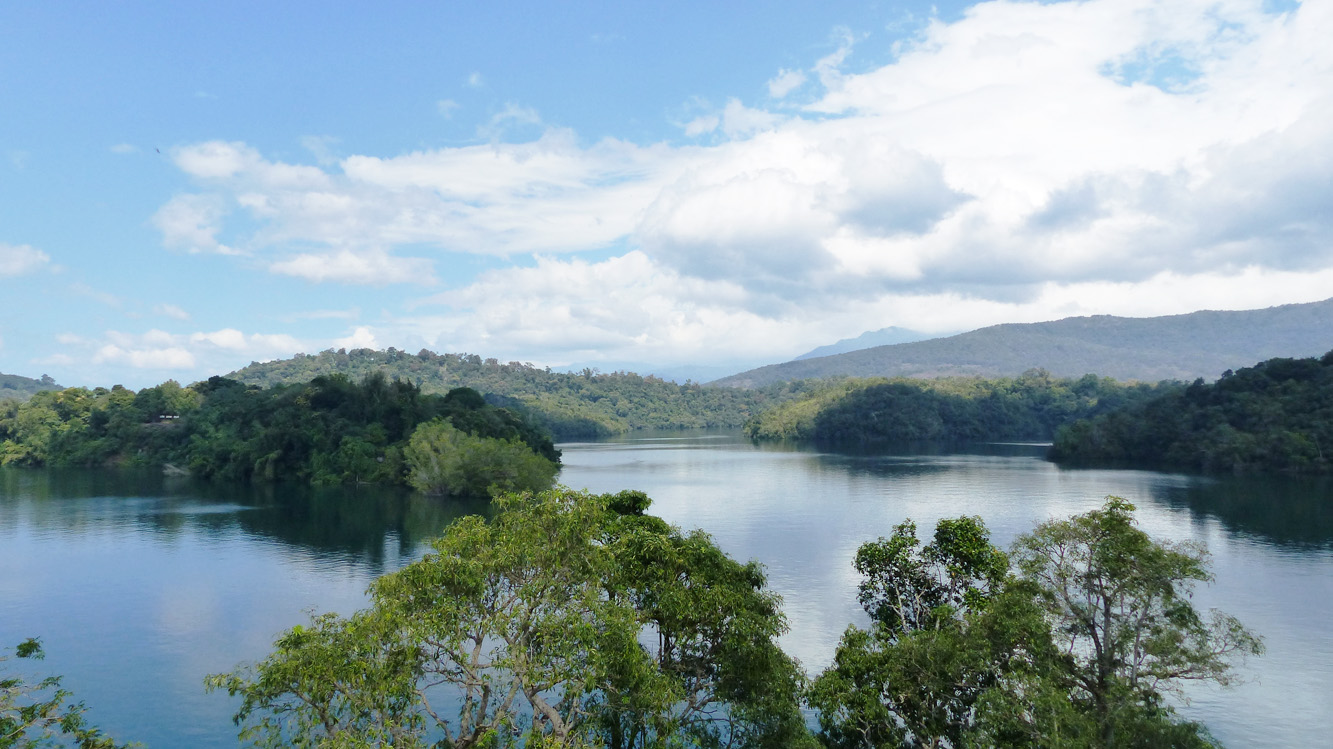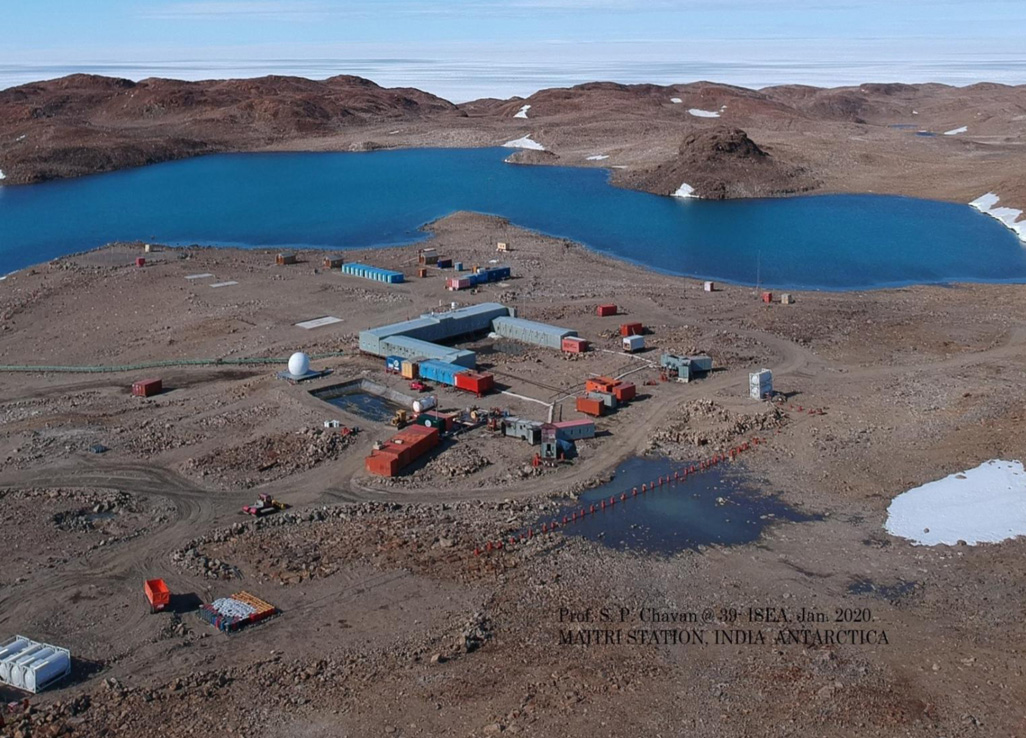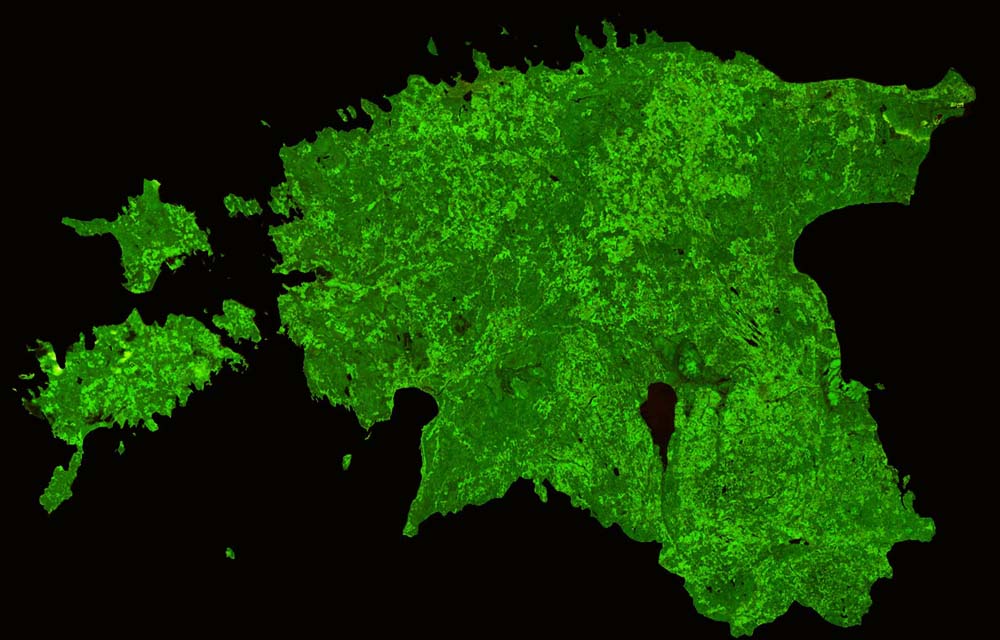Human Induced Land Transformation and GIS



India is set to embark on a new chapter in its Polar exploration journey with the construction of Maitri II. The Indian government plans to establish a new research station near the existing Maitri ba...
.png )
The Deep Ocean Mission (DOM), approved by the Government of India in 2021 under the Ministry of Earth Sciences (MoES), represents a strategic step in realizing Sustainable Development Goal 14 (SDG 14:...

China recently announced restrictions on the export of seven rare earth elements (REEs), soon after US President Donald Trump decided to impose tariffs. As the world's dominant supplier—responsible fo...
Land use is a complex and dynamic phenomenon and the changes in its pattern are attributable to human activities. The current rate of land degradation, especially in forest ecosystems, can be easily d...
Remote sensing and GIS can be used to generate data that can help achieve sustainable management of natural resources. Maps created through a GIS interface provide a fillip to analysis and bring us a...
g-Governance can be described as a geospatial plugin to e-Governance, acting as an extended module with the additional functionality of geospatial technology. The article explains the genesis and geos...
Land use is a complex and dynamic phenomenon and the changes in its pattern are attributable to human activities. The current rate of land degradation, especially in forest ecosystems, can be easily detected, mapped and sustainably managed by using GIS and remote sensing tools. Land use-land cover mapping also helps assess the regenerative status of forests.

Remote sensing and GIS can be used to generate data that can help achieve sustainable management of natural resources. Maps created through a GIS interface provide a fillip to analysis and bring us a step closer to visualising the complex patterns and relationships that characterise real-world planning and policy problems.

g-Governance can be described as a geospatial plugin to e-Governance, acting as an extended module with the additional functionality of geospatial technology. The article explains the genesis and geospatial constituents that are required for the implementation of g-Governance in India.
